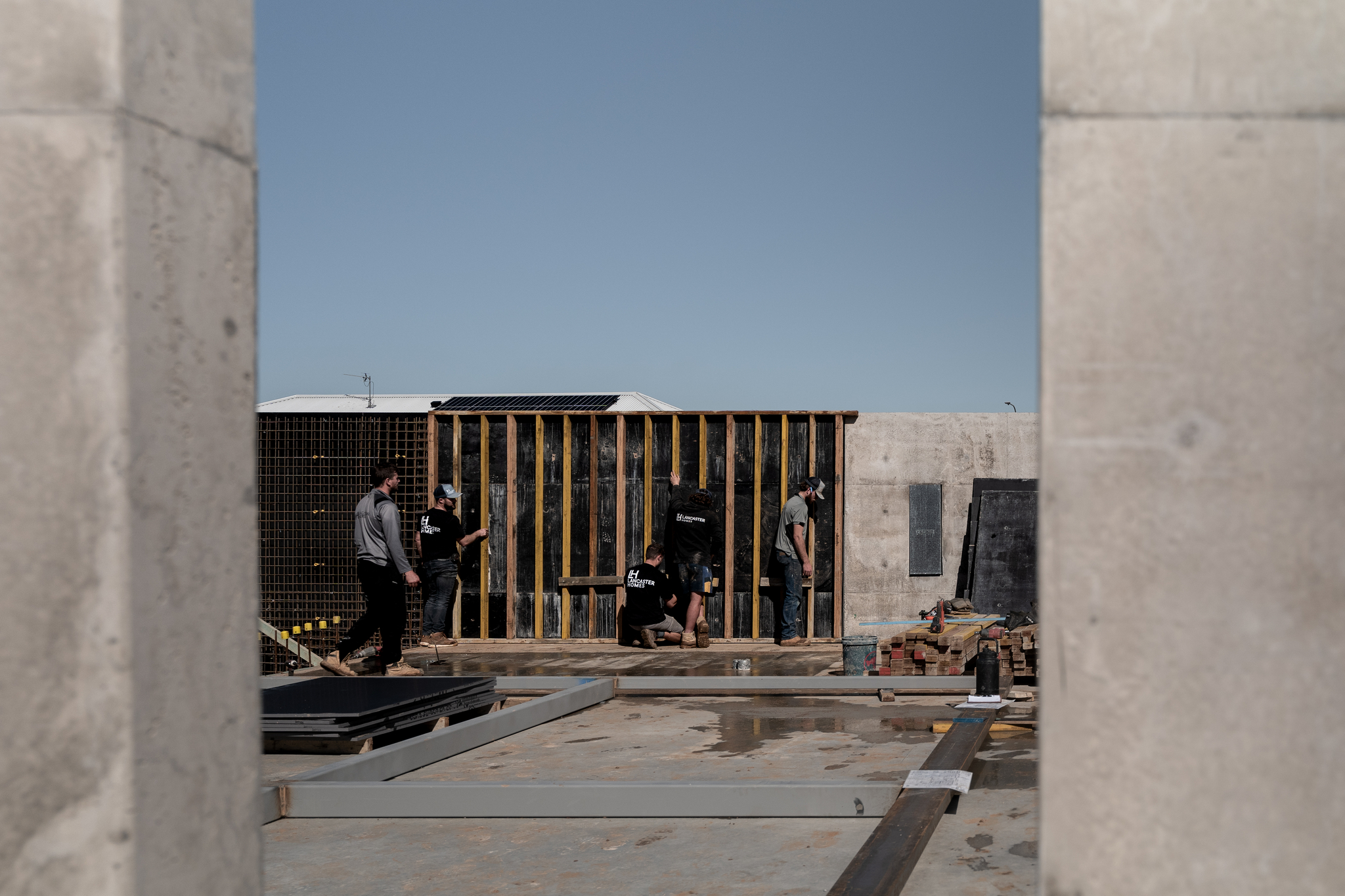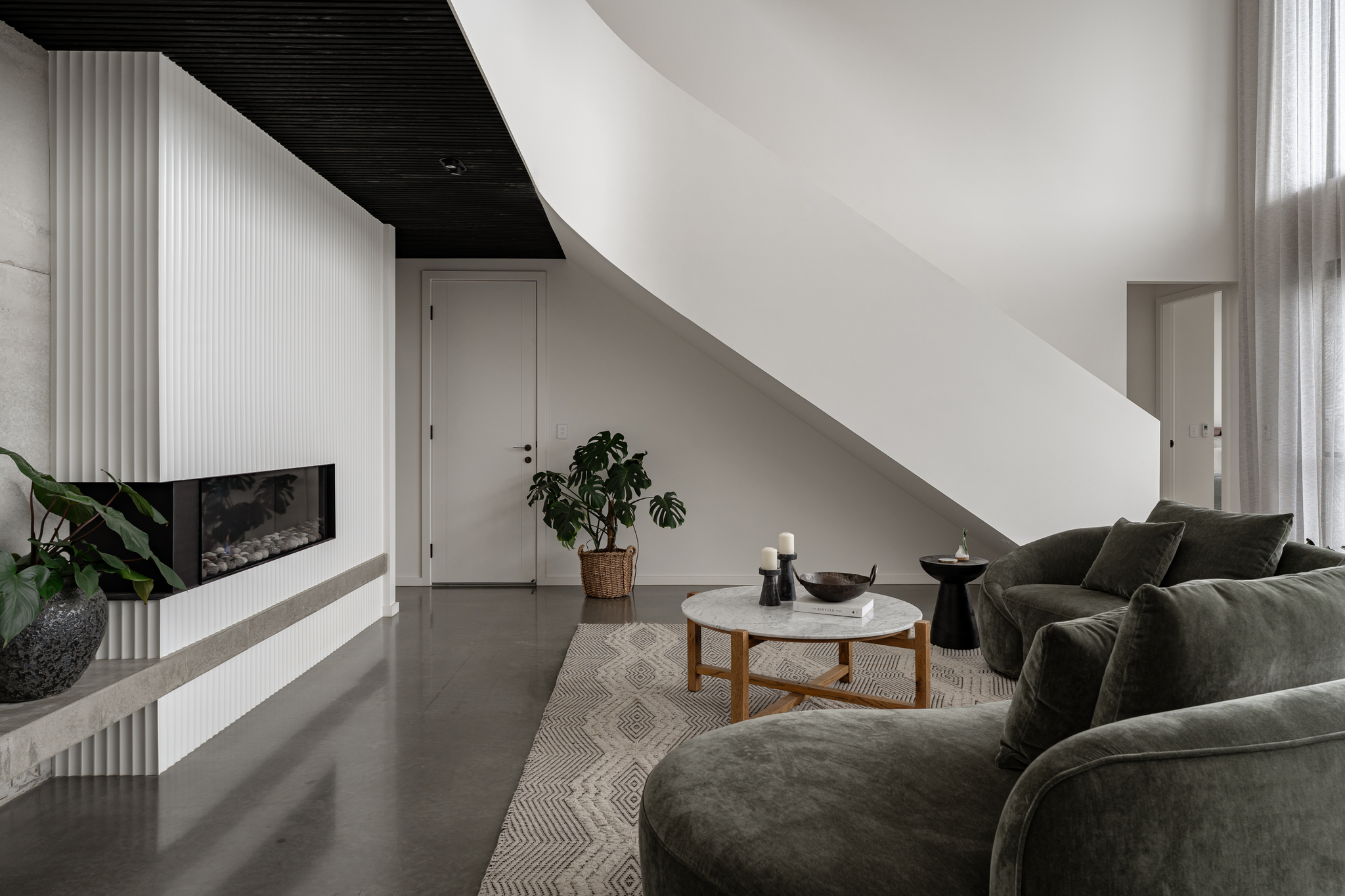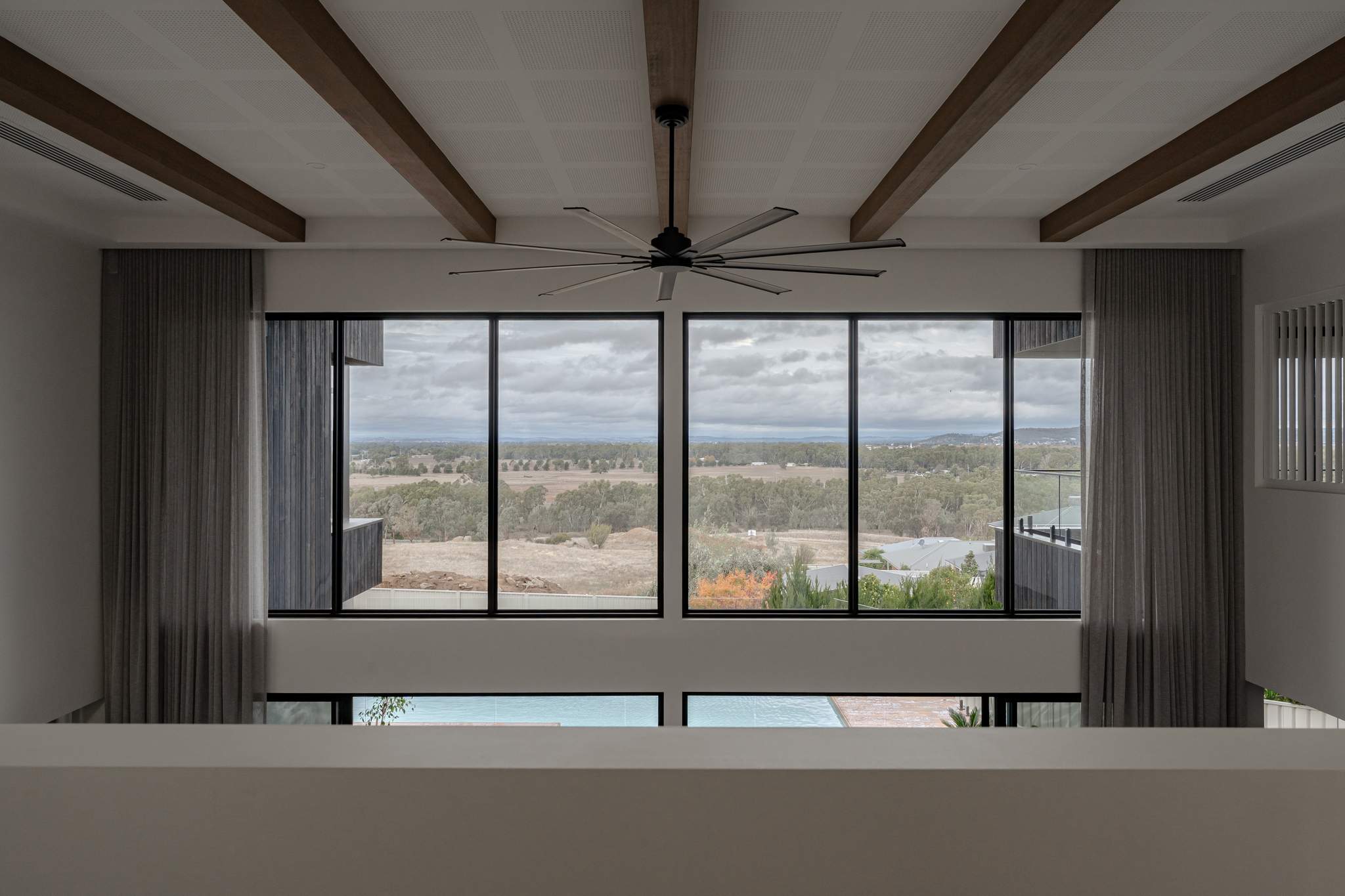
What are PC and PS items in a builders quote?
When planning a custom home, transparency and control over costs become essential pillars of the process. As you review a builder’s quote, you’ll likely come across two terms that can influence your budget significantly: Provisional Sums (PS) and Prime Cost (PC) Items. While often misunderstood or overlooked, these line items play a crucial role in how your home is priced and delivered.
At Lancaster Homes, we believe in helping our clients make informed decisions from the very beginning. So let’s unpack what these terms mean, and how to manage them wisely to avoid unwelcome surprises during your build.


What is a Provisional Sum (PS)?
A Provisional Sum is an allowance set aside for work that is anticipated but not yet fully defined. It represents an estimate for labour and/or materials where the exact scope is uncertain at the time of quoting.
Example: You may see a provisional sum for excavation or rock removal. Until the site is accessed and assessed, it’s impossible to know the exact soil conditions or presence of rock, so the builder includes a best-guess allowance.
These sums offer flexibility in the quote, enabling progress even when variables exist. However, it’s important to note:
-
The final cost may be higher or lower than the estimate.
-
If the work exceeds the allowance, the client is typically required to cover the difference.
-
If the actual cost is less, the surplus should be credited back.
PS allowances are also commonly used for work that is charged at an hourly rate rather than per square metre or per unit. For example, installing feature tiles in a complex herringbone or chevron pattern will often take significantly longer than laying standard floor tiles. Because labour time can vary significantly based on design complexity and material type, a provisional sum helps accommodate this uncertainty in your budget.
Why it matters for custom homes: In high-end custom builds, PS items often relate to landscaping, earthworks, or bespoke manufacturing or install works—areas where conditions or design evolution may affect the final figure.
What is a Prime Cost (PC) Item?
A Prime Cost item refers to a placeholder allowance for a specific product or material selection that hasn’t yet been finalised at the time of quoting.
Example: If you haven’t chosen the exact tapware, tiles, or light fittings during quoting, the builder may allocate a PC allowance for each category based on a reasonable mid-range product.
Later, once your selections are made, the final cost is reconciled against the allowance.
In some cases, PC items are also used when a check measure of the site is required before final quantities can be confirmed—such as with joinery, benchtops, or floor finishes. These elements may have been estimated initially based on plans, but actual on-site measurements can vary. As a result, the supplier’s final cost may differ from the original quote.
Key things to know:
-
PC items allow flexibility for you to select the style, brand, and finish that suits your home.
-
They give you control over quality and cost, while maintaining progress in pricing and planning.
-
If the final selection or measured quantity exceeds the allowance, the client covers the difference. If it falls below the estimate, the balance is credited back.
Why it matters for custom homes: The more bespoke your home, the more likely your preferences—or site-specific requirements—will differ from provisional allowances. Understanding and intentionally managing PC items is essential to aligning your design vision with your budget.
How Price Adjustments Are Handled During the Build
As your project progresses, any differences between estimated allowances (PS or PC) and actual costs are recorded as variations. This is standard practice across most Australian builders and ensures that your contract reflects the true cost of work as selections are confirmed and site conditions unfold.
At Lancaster Homes, all variations are processed through our project management software. In many cases, you will be asked to review and approve the variation before the related work proceeds. In other situations—such as minor cost reconciliations—the approval may be finalised just before invoicing.
It’s important to note that when a variation results from a change in selection or design detail, it may attract a variation fee. This fee covers the administration required to update drawings, finishes schedules, and supplier orders. It ensures the revised information is communicated accurately to all relevant contractors and suppliers, avoiding miscommunication or delays.
Our project management platform keeps an up-to-date record of your contract value, including all approved variations, so you can always view a live, revised project total. This level of visibility is essential in helping clients stay in control of their budget and make informed choices throughout the build.


Approaching PS and PC Items with Confidence
-
Ask for Clarity Early
Reputable builders will clearly outline all PS and PC items in your quote and explain how those figures were calculated. Don’t hesitate to ask for clarification or further information about how variations will be handled if actual costs differ from allowances once construction begins. This conversation can reveal whether the builder has realistically budgeted for your scope or underquoted certain elements as a strategy to win the job on price. Transparency in this stage is key to avoiding cost blowouts down the track. -
Be Strategic with Your Selections
Make as many selections as possible before signing the building contract. This helps convert PC items into fixed costs, or significantly reduces the likelihood of major PC price variations, giving you a clearer overall budget. -
Review Allowances Realistically
Particularly in premium custom homes, generic allowances may not align with your expectations. If you’re aiming for architectural lighting, imported tiles, or bespoke joinery, ensure the PC reflects that.Avoid the common pitfall of asking your builder to reduce allowances just to bring the overall quote in line with a specific target budget. If these lower allowances don’t realistically match the finishes or quality you’re envisioning, they won’t bring you a better value—they’ll lead to a home you’re not completely satisfied with. Underbudgeting doesn’t deliver your dream home for less; it simply compromises the result.
-
Partner with a Builder Who Shares Your Standards
At Lancaster Homes, we take a proactive approach—our design and estimating team works closely with you in the early stages to ensure that allowances align with your vision and investment.
Bringing It All Together
Provisional Sums and Prime Cost Items are essential tools that allow a project to progress while accommodating personalised selections and site-specific variables. They are not fixed prices, and understanding how they work is critical to managing your budget in a luxury custom home build.
The key is transparency. When allowances are thoughtfully calculated—and you’re empowered to make informed decisions—these elements support a smoother, more predictable construction journey.
If you’re planning a custom home and want to build with confidence, we’d love to walk you through how we manage budgets and selections with clarity and care.


The benefits of hiring a company that offers both design and construction.
Design and construction are two critical components of any building project.
Builders Quotes vs Estimates – What’s the Difference (and Why It Matters)
Ballpark figures, estimates and Builders quotes, how do they all fit together?
Architect or Building Designer? How to Choose the Right Expert for Your Dream Home
Planning a custom home in NSW? Discover the key differences between architects and building designers so you can choose the right professional to bring your vision to life—whether you’re after creative flair, practical design, or both.

